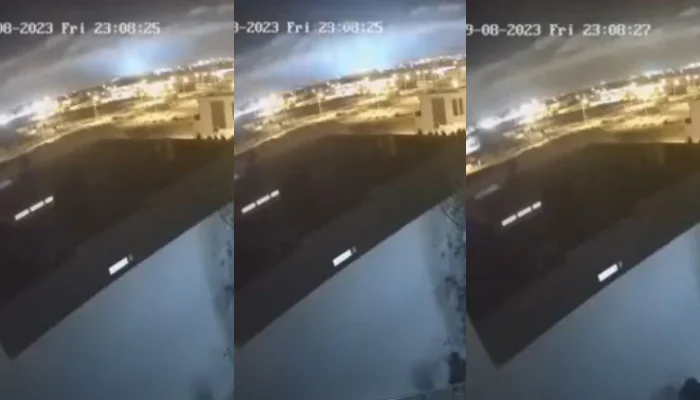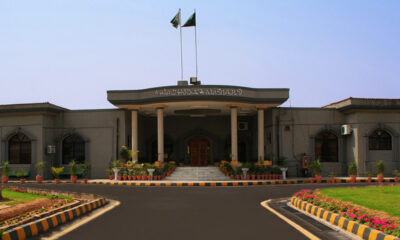Several videos on social media have surfaced from Morocco showing a blue flashlight emanating from the horizon, shortly before a potent 6.8 earthquake which struck southwest of Marrakech last Friday, leaving nearly 3,000 people dead and over 3,000 injured.
Rescue mission by a number of countries in the North African nation is currently underway as emergency services are searching rubbles for bodies and survivors.
Earlier, a French expert also issued warnings about the aftershocks, despite the country not being in the “most active seismological region”.
CCTV on social media showed powerful flashes of light just before the shaking. Experts have termed these luminous phenomena real however, they are still scratching their heads about what causes them.
John Derr, a retired geophysicist who worked at the US Geological Survey told CNN that these different colours of lights are definitely real.
“Seeing EQL depends on darkness and other favorability factors,” Derr, who worked on these earthquake lights explained.
He said the recent “video from Morocco shared online looked like the earthquake lights caught on security cameras during a 2007 quake in Pisco, Peru.”
Juan Antonio Lira Cacho, a physics professor at Universidad Nacional Mayor de San Marcos in Peru and the Pontifical Catholic University of Peru, who has studied the phenomenon, said video and security cameras have made studying earthquake lights easier.
Different earthquake lights
There are several types of lights as mentioned by a paper coauthored by Derr and published in the 2019 edition of the Encyclopedia of Solid Earth Geophysics.
the lights appear as normal lighting or sometimes it may look like a band same as a polar aurora. They may also look as floating in midair. One of the kind also includes a flame-like emanation from the ground.
To make sense of this, Derr and his colleagues collected all the concerned information from earthquake lights as old as the year 1600.
Their work was published in 2014 in a paper in the journal Seismological Research Letters.
Their findings revealed that some 80% of the earthquake lights were found in earthquakes of over 5.0 magnitudes. According to the findings, the occurrence was witnessed shortly before or during the earthquake, visible up 600 kilometres (372.8 miles) from the epicentre.
Most of the time, earthquakes take place in the nearby convergence areas of tectonic plates. However, the study found that in most of cases, luminous phenomena occurred within tectonic plates, rather than at their boundaries.
According to reports, these lights are most likely to be visible near rift valleys, places where Earth’s crust had been forced apart.
Theory explaining earthquake lights
A theory was put forth by Friedemann Freund, Derr’s collaborator, an adjunct professor at San Jose University and a former Nasa researcher.
Freund told CNN that when certain defects or impurities in crystals in rocks are put under mechanical stress — such as during activity between tectonic plates — they instantly break apart and generate electricity.
He noted that rock is an insulator that, when mechanically stressed, becomes a semiconductor.
He added: “Prior to earthquakes, huge volumes of rock — hundreds of thousands of cubic kilometres of rocks in the Earth’s crust — are being stressed and the stresses are causing shifting of the grain, the mineral grains relative (to) each other.”
“It’s like switching on a battery, generating electrical charges that can flow out of the stressed rocks into and through unstressed rocks. The charges travel fast, at up to around 200 metres per second,” he explained in a 2014 article for The Conversation.
Some other explanations also state that static electricity is produced by the fracturing of rock and radon emanation, among many others.
There is no agreement on this phenomenon and this mystery is being studied by the scientists.
Freund expected that there may come a time when it would be possible to use earthquake lights, or the electric charge that causes them, to help forecast the approach of a major earthquake.


 Business3 hours ago
Business3 hours ago
 Latest News3 hours ago
Latest News3 hours ago
 Latest News3 hours ago
Latest News3 hours ago
 Business3 hours ago
Business3 hours ago
 Latest News3 hours ago
Latest News3 hours ago
 Latest News4 hours ago
Latest News4 hours ago
 Pakistan3 hours ago
Pakistan3 hours ago
 Latest News4 hours ago
Latest News4 hours ago






















